
The Volunteers of Bracken Cave
very summer, 20 million Mexican free-tailed bats (Tadarida brasiliensis) make Bracken Cave their home. The world’s largest bat maternity colony, where females give birth to their pups and raise them, is nestled in Bracken Cave Preserve, near San Antonio, Texas. In 1992, Bat Conservation International (BCI) purchased the cave and 4.7 surrounding acres, making this year the 30th anniversary of BCI’s management of the cave.
Throughout the years, BCI has worked with The Nature Conservancy and other partners to protect an area around the cave, and the preserve is now 1,458 acres.
Located just 20 miles from San Antonio—and just 10 miles from Interstate 35—the area has been subject to intense development pressure over the years. One project alone was slated to build 3,500 homes next to the cave, but BCI and partners successfully pushed back to halt the project.
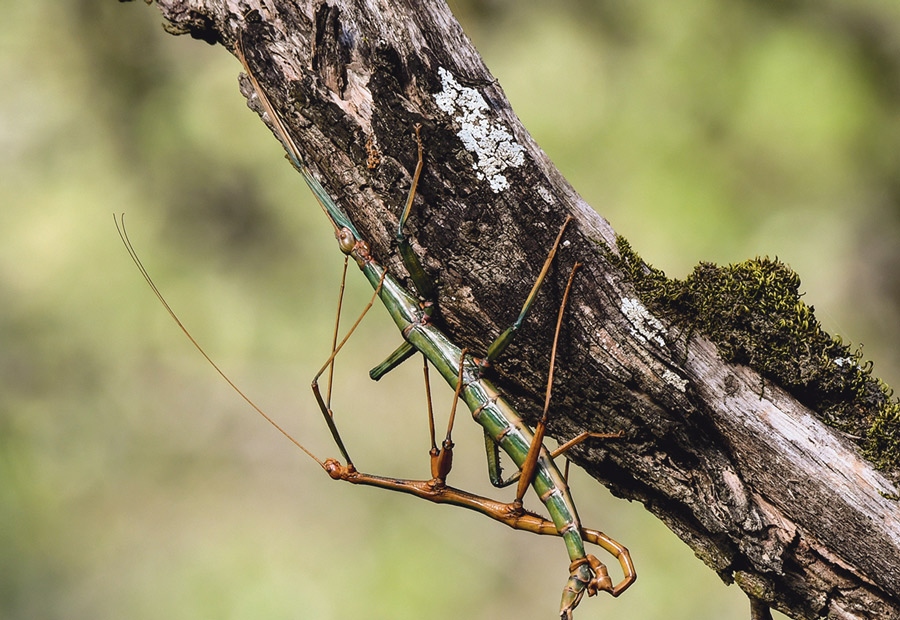
While the cave is not open to the public, members can visit to watch the bats emerge on special member night events. With rugged terrain, Ashe juniper, and an abundance of prickly pear—along with a lack of roads—access was challenging in the early years. In the mid-1990s, BCI hosted just four member nights each year, but now several thousand visitors a year enjoy watching the bats emerge during summer evenings.
Invaluable support
“Our volunteers are invaluable,” says Bracken Cave Preserve Director Fran Hutchins. “We have a dedicated group of people who spend their time sharing bats with the world and caring for this incredible place. They make what we do possible.”
Edith and Don Bergquist began volunteering at the cave around 2007. When they moved to San Antonio 22 years ago from St. Louis, they purchased a lot in a subdivision that backs up to the Bracken Cave Preserve property. But, like many of their neighbors, they didn’t realize the cave was there at first.
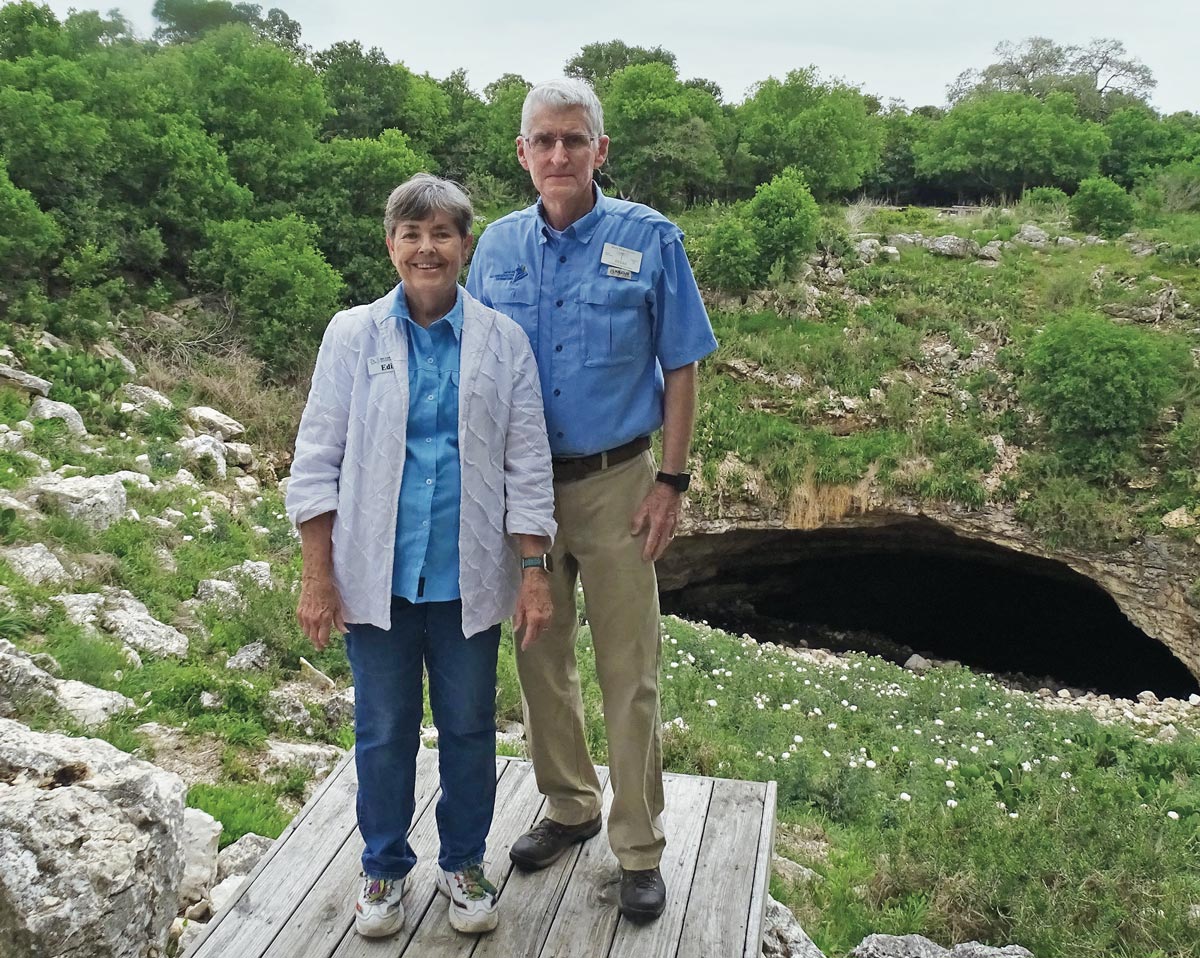
The Bergquists both worked for a phone company for many years, with Edith in management and Don in computer systems. Now, they are both dedicated Bracken Cave Preserve volunteers. Edith focuses on volunteer coordination, including scheduling and planning volunteer work days and events. She maintains a list of 130 volunteers and coordinates training days.
Digging Deep into Bracken’s Past
Bracken Cave is 117 feet deep, and its floor is covered in a layer of guano (bat poop) 75 to 100 feet deep. The guano in the cave was harvested for fertilizer from the 1800s through the early 2000s, when concerns about White-nose Syndrome halted guano mining in 2010. The guano was also used to produce gunpowder during the Civil War and World War I.
During World War II, the military had a different use for the cave: they tried to use the bats to carry firebombs. These experiments did not turn out the way the military hoped. They were not successful,
and some of the bats actually ended up lighting buildings on fire during the attempts.
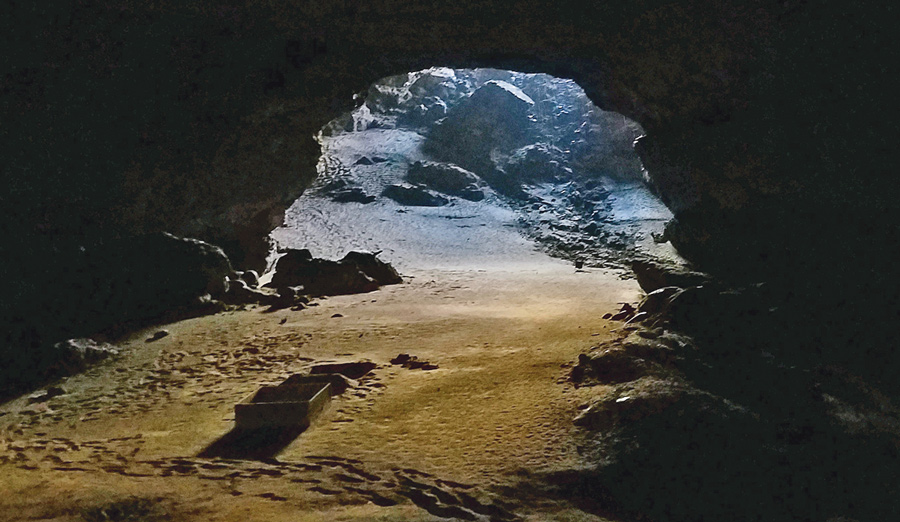
They also assist scientists with research, including helping one scientist find the green darner dragonfly she sought. Volunteers keep track of life on the preserve and assist with BioBlitzes, where people come out and chronicle the insects, animals, and plants they see, logging their finds on iNaturalist.

An unforgettable experience
—Heidi Forgione
“When we volunteer, we have a lot of people who had someone drive them out, and they didn’t really want to watch the bat flight, and they back away from the place where we view, kind of in the back row,” Don says. “And when the little girls come out—the little bats—they move up front and are in awe. I enjoy watching people. The bat flight is amazing. We’ve seen it thousands of times and it is amazing.”

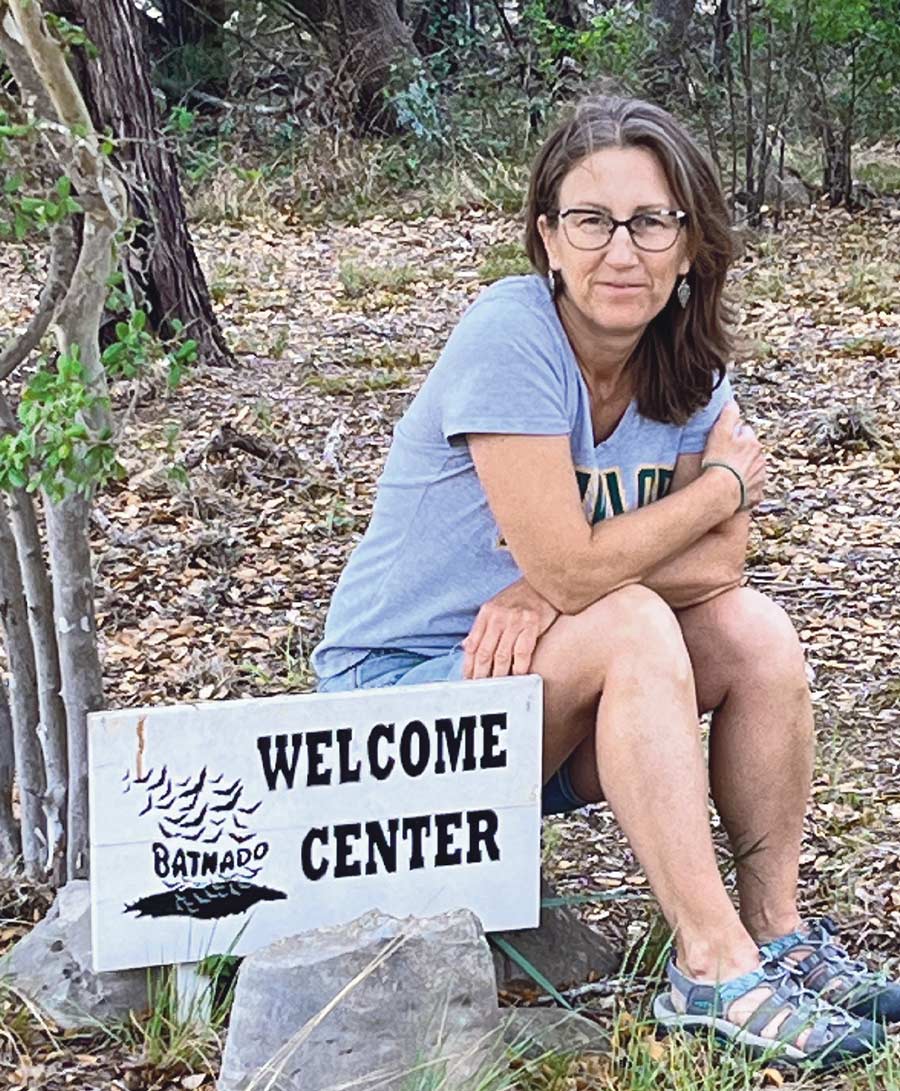
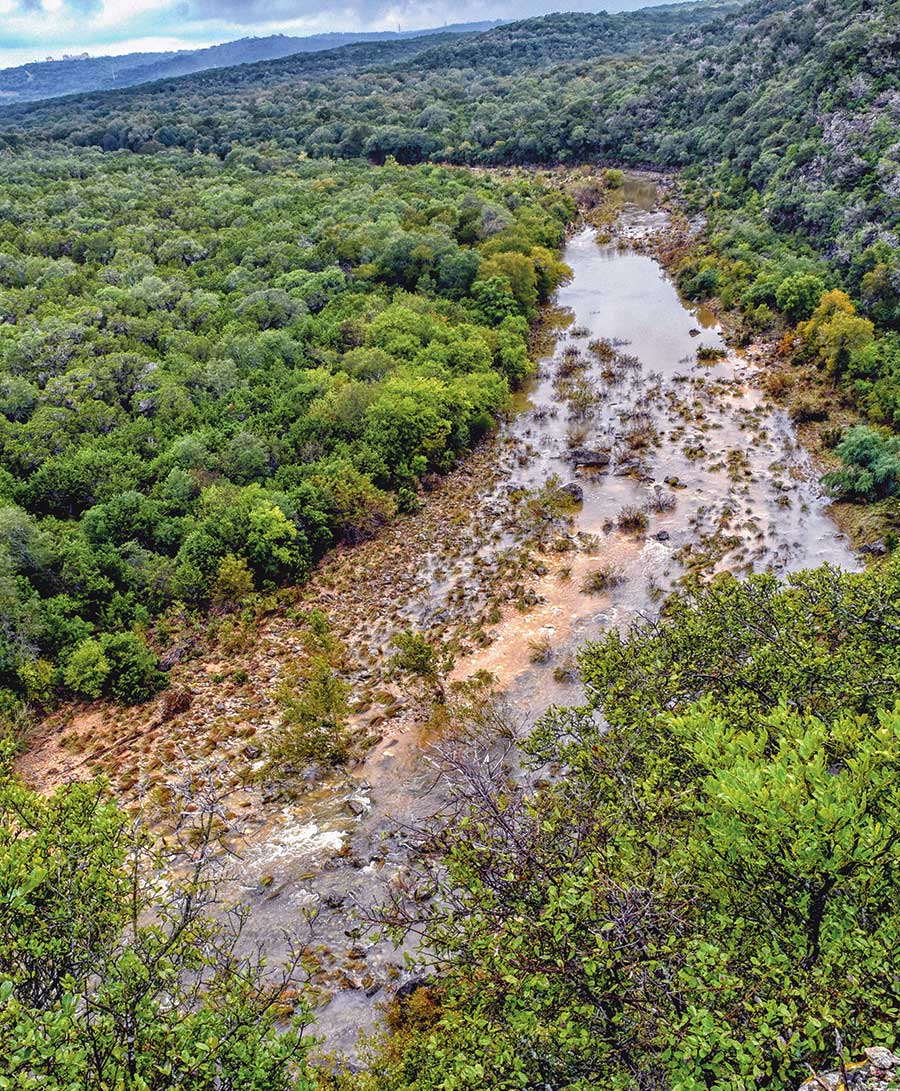
Her background is as a physical therapist, and she didn’t have any bat experience before she began volunteering, but she found she loved volunteering in the preserve and watching the bats.

Describing the awe and wonder of millions of bats emerging from the cave in a “batnado,” she says, “To me, it almost sounds like I’m by a body of water. The flapping of the bat wings is like being by the sea with the waves lapping by the shore. To hear it and to have no other background noise, you feel the little breeze, and it’s almost like it transports you to a different place.”
Edith adds, “It never gets old. It really is a joy to see the excitement of people when they didn’t think they would like it and suddenly fell in love with it.”